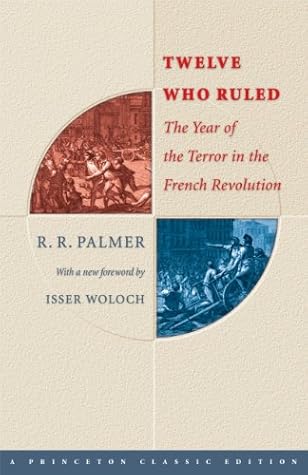The Paris Commune comprised forty-eight sections, or what we should call wards. These sections were the very springs of revolution. Here met the true “sans-culottes,” the men who did not wear the knee-breeches of the upper classes. Direct popular government was the rule. Each section had an assembly in which its citizens (males over twenty-one) were supposed to deliberate and vote. Some three thousand citizens lived in each section on the average, but only a fraction ever attended the meetings. When the mayor of Paris was elected he received only 14,137 votes in a city of over six hundred
...more
Welcome back. Just a moment while we sign you in to your Goodreads account.


